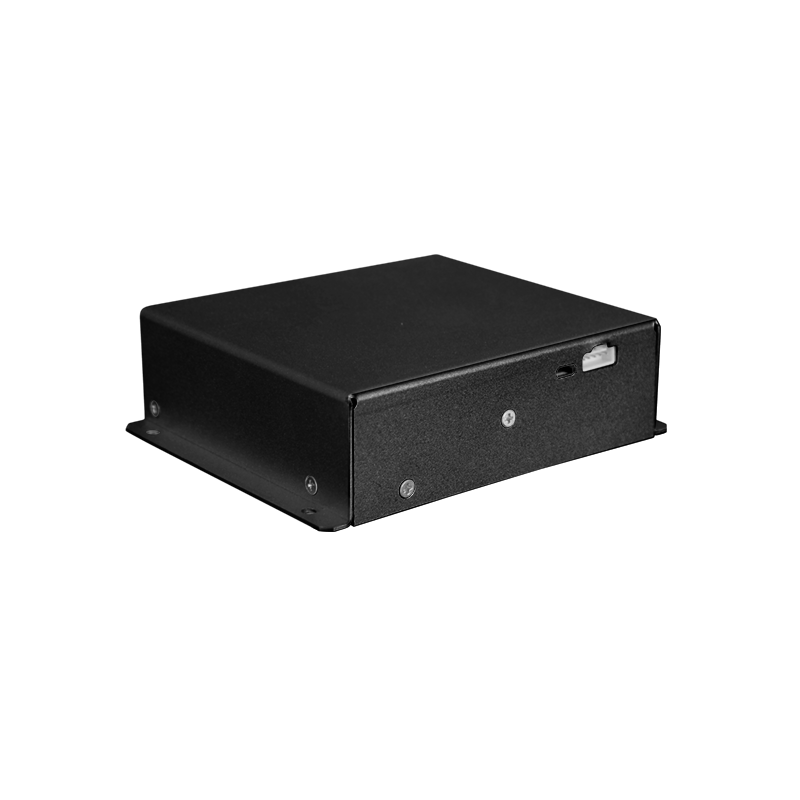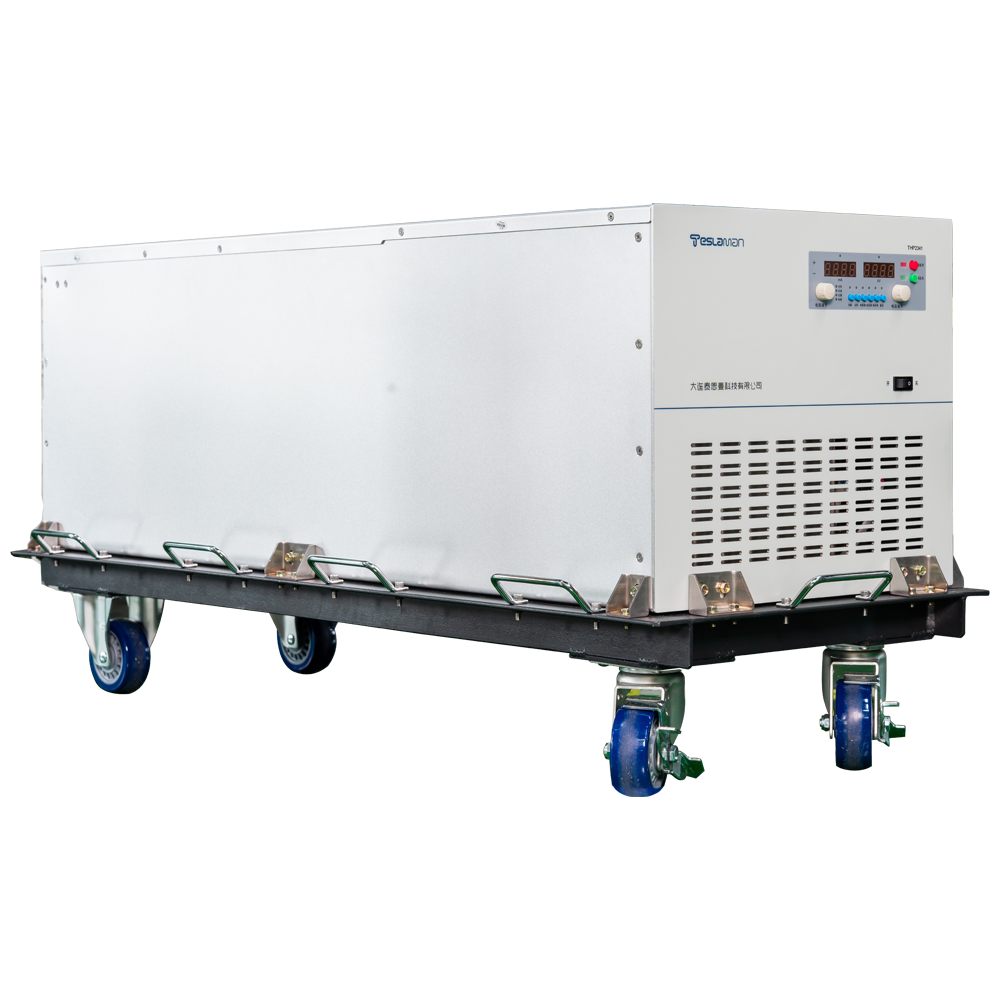High-Voltage Power Supply for Liquid Detection: Rapid Screening and Identification of Trace Contaminants
In advanced liquid analysis systems for environmental monitoring, pharmaceutical production, and food safety inspection, high-voltage power supplies play a critical role in achieving rapid detection and identification of trace contaminants. The function of the power supply extends beyond simple voltage provision; it enables precise control of ionization, electrophoretic motion, or electrochemical activation, which directly determines detection sensitivity, resolution, and selectivity.
For trace-level contaminant detection, the system typically employs pulsed high-voltage fields to enhance molecular ionization or electrophoretic separation efficiency. By using nanosecond-level pulse shaping and low-ripple control, the power supply ensures uniform electric field distribution within microfluidic channels, reducing sample dispersion and improving ion transfer rates. The optimized electric field also increases the capture efficiency of charged analytes at the detector interface, thereby shortening detection time while maintaining analytical accuracy.
Real-time feedback control is central to system performance. The power supply incorporates high-speed voltage and current sensors that monitor electrophoretic or electrochemical cell status. Variations in current or conductivity caused by sample matrix effects trigger adaptive voltage correction through digital PID or fuzzy logic control, ensuring consistent field strength even under varying liquid properties.
To manage electrothermal and electrochemical noise, the power system integrates galvanic isolation and multi-stage LC filtering to suppress transient interference. The precise waveform control minimizes Joule heating, maintaining stable temperature gradients across microchannels. Combined with high-speed data acquisition and algorithmic pattern recognition, the system rapidly correlates detected signal patterns with known contaminant spectra, enabling on-site screening and qualitative identification.
Such an integrated high-voltage control strategy allows analytical systems to detect contaminants at sub-ppb levels within seconds, providing a robust, automated, and safe approach to trace contaminant screening in diverse industrial and environmental applications.




















